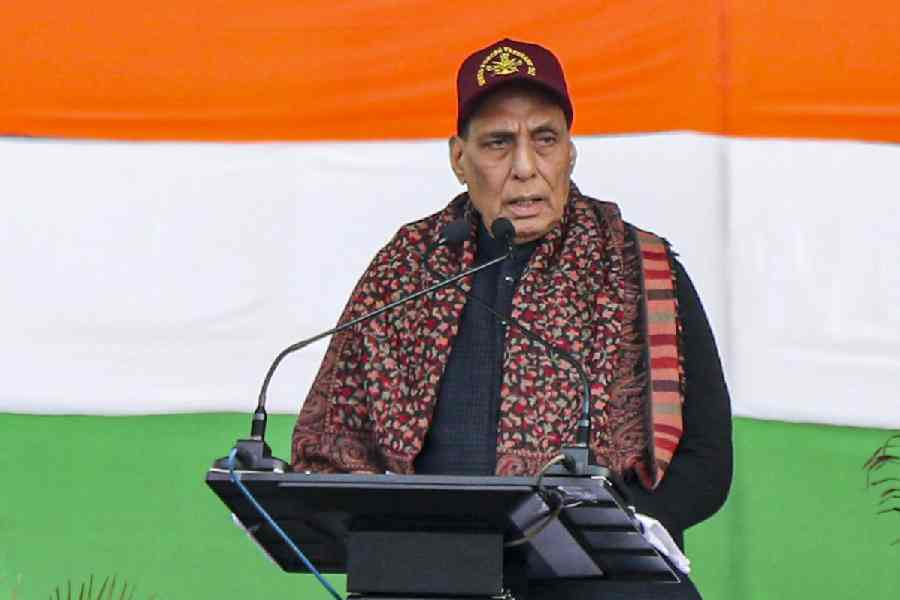Every action has a reaction. But the reaction may not always be equal and opposite as Newton had claimed. More important, the reaction may not always take place in the immediate vicinity or be obviously discernible. Take, for instance, the findings of a study conducted by economists at the Centre for Economic Policy Research, which claim that an increase in gold prices across the globe is inversely proportional to the number of girls who survive the first month of their life in India. Even Newton would have taken a while to divine the connection between the two episodes. The link — curiouser and curiouser — lies buried within the pages of history. Way back in 1793, Lord Cornwallis introduced a code that enabled private ownership of land. The same law prohibited women from owning property. This, many believe, was the origin of the woes of Indian women. Dowry, which had until then been the woman’s share of inheritance and a way of ensuring her independence, became the property of the husband. It is dowry that ties gold prices with high infant mortality of females in India. Gold being one of the most common forms of dowry, an increase in prices causes parents to either get rid of their infant daughters, or — ever since technology allows prenatal sex determination — not give birth to one at all.
What Newton could not fathom, Edward Lorenz did years later. His ‘butterfly effect’ theory proposes that the formation of a tornado can be set off by the flapping of the wings of a distant butterfly weeks earlier. This partly explains the findings of the CEPR economists. Difficult as it may be to imagine Lord Cornwallis as a butterfly, he did set in motion the storms that ravage the lives of thousands of women across the country. Yet, this does not fully explain the connection of increased female infant mortality with gold. Why does the yellow metal outweigh the rising price of automobiles — another favourite when it comes to dowry? Tradition explains only part of its allure. Especially since vast purchases — India alone imports about a fifth of gold’s annual global supply — are a recent phenomenon. The connection — another head-scratcher — lies in India’s beleaguered finance sector. Consumer price inflation — or the rise in the cost of living — is greater than returns from banks and government bonds. Investing in gold, then, makes more sense as its price would only increase with time as the world runs out of the natural resource.
Given India’s obsession with gold, its prices regularly feature in most newspapers, informing petrified parents of rising costs.
These missing links can be the key to attaining what stringent policy has failed to achieve. The equalisation of property rights for women, the same study found, may, in the long run, hand the control of her inheritance back to the woman. There is another idea that might be worth exploring. Socially, the giving of dowry originated in the idea of parents making an investment that would give the woman — traditionally the dependent in a marriage — financial autonomy, thus strengthening her bargaining power in her new family. Is it then time for policy interventions to link this investment to something other than material wealth, like education? Providing funds for girls’ education — there are several welfare measures to make this economical — would not be as taxing as a one-time dole, which is essentially what dowry has become, and can make women self-sufficient. Small actions can effect big changes, after all.











